13 Amazing Benefits Of Rye For Skin, Hair, And Health
Be it in bread or in your favorite whiskey – this ancient grain offers a host of benefits.
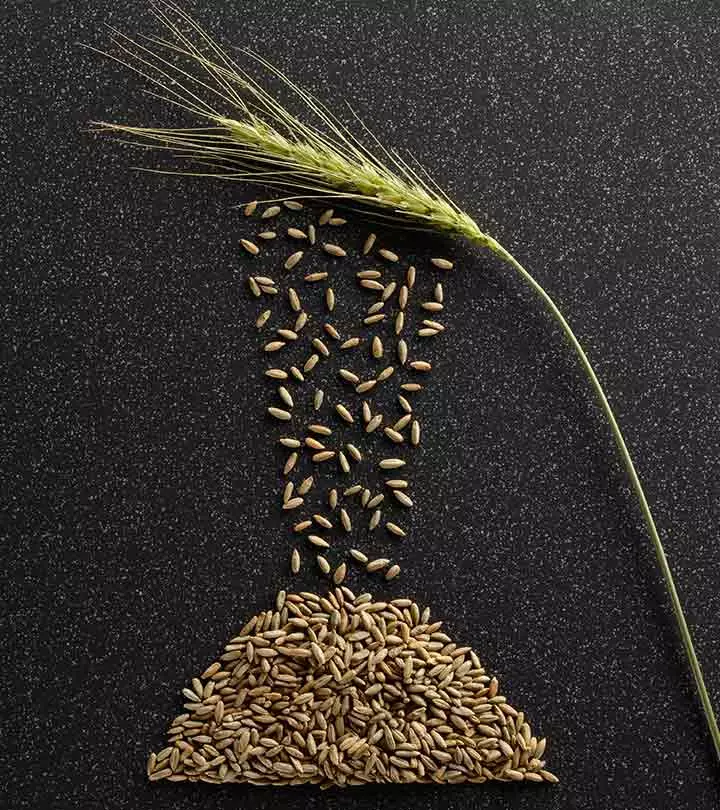
Image: Shutterstock
From making bread to whiskey, rye can be used for multiple purposes. But are you aware of the many benefits of rye? Regularly taking it in the right proportions might do your health a lot good. Rye is known for its high fiber level, which can help promote heart health, aid digestion, and support weight management. It may also help regulate blood sugar and have anti-inflammatory qualities. In this article, learn more about rye and its many reported benefits.
Read on.
 Know Your Ingredient: Rye
Know Your Ingredient: RyeWhat Is It?
A grass variety grown for its grain, which is used to make bread and beverages.
What Are Its Benefits?
It helps in weight loss, controls blood sugar levels, improves heart health, and promotes digestion.
Who Can Consume It?
Anyone can consume this except people with celiac disease or gluten intolerance.
How Often?
You can consume 3 servings of rye daily.
Caution
Avoid consuming rye if you are pregnant or breastfeeding. It may cause bloating, nausea, or heartburn in some people.
In This Article
What Is Rye?
Scientifically called Secale cereale, rye is a grass that is grown primarily as a grain in various parts of the globe. It is closely related to wheat and barley. The grain is used for preparing rye flour, rye bread, rye beer, crisp bread, some whiskeys and vodkas, and animal fodder.
And by the way, rye is different from ryegrass, which is used as hay for livestock.
That answers the question: What is rye? Now, we look at its history to give you an in-depth idea of where it comes from.
Key Takeaways
- Rye may aid in weight loss by increasing satiety, providing energy, and may help in blood sugar control.
- It may help to prevent cancer as rye is high in fiber and antioxidants,
- Fine lines, wrinkles, and blemishes on the skin may be reduced by rye.
- Rye may also aid in supporting the immune system due to its high antioxidant content.
- You can use rye flour as a shampoo to strengthen and smoothen your hair.
What Is The History Of Rye?
Rye is historically also known as the poor man’s grain, given that it can be grown anywhere. Domesticated rye was found in parts of ancient Turkey. Since the Middle Ages, rye had seen widespread cultivation in Central and Eastern Europe.
Rye has a history that dates back to 400 BC, and it became the most common cereal grain during the Iron Age. Most central European countries have rich histories making breads using rye. This is because the crop is easy to grow in most parts.
Rye was brought to the Americas by the English and Dutch travelers. In most areas of France and Germany and the northern part of Hungary, rye is still used as the main bread cereal.
This graph shows the production area of rye in different countries during the 2019–2020 crop year. According to the report, European Union countries topped the list with 2070 hectares of production area.

Rye Production In Different Countries
Source: Production area of rye in specified countries in 2019/2020The nutritional facts of rye might interest you even more – as they form the foundation of what you will be reading ahead.
What Is The Nutritional Profile Of Rye?
Rye flour is loaded with essential vitamins and nutrients like protein, phosphorus, magnesium, and zinc.
| Amount Per 100 grams | |||
|---|---|---|---|
| Calories 338 | |||
| % Daily Value* | |||
| Total Fat 1.6 g | 2% | ||
| Saturated fat 0.2 g | 1% | ||
| Polyunsaturated fat 0.8 g | |||
| Monounsaturated fat 0.2 g | |||
| Trans fat 0 g | |||
| Cholesterol 0 mg | 0% | ||
| Sodium 2 mg | 0% | ||
| Potassium 510 mg | 14% | ||
| Total Carbohydrate 76 g | 25% | ||
| Dietary fiber 15 g | 60% | ||
| Sugar 1 g | |||
| Protein 10 g | 20% | ||
| Vitamin A | 0% | ||
| Vitamin C | 0% | ||
| Calcium | 2% | ||
| Iron | 14% | ||
| Vitamin D | 0% | ||
| Vitamin B-6 | 15% | ||
| Vitamin B-12 | 0% | ||
| Magnesium | 27% | ||
| *Per cent Daily Values are based on a 2,000 calorie diet. Your daily values may be higher or lower depending on your calorie needs. | |||
1 cup of rye flour (128 grams) contains 416 calories and 88 grams of carbohydrates 3 grams of fat. Other nutrients in rye include:
- 20.4 grams of protein
- 31 grams of fiber
- 639 milligrams of phosphorus (64% of the daily value)
- 205 milligrams of magnesium (51% of the daily value)
- 6.5 milligrams of zinc (43% of the daily value)
- 6.4 milligrams of iron (36% of the daily value)
- 0.6 milligrams of vitamin B6 (28% of the daily value)
- 5.5 milligrams of niacin (27% of the daily value)
- 918 milligrams of potassium (26% of the daily value)
- 0.3 milligrams of riboflavin (19% of the daily value)
- 3.5 milligrams of vitamin E (11.7% of the daily value)
- 7.6 micrograms of vitamin K (9% of the daily value)
There are numerous other nutrients in rye that offer wonderful benefits. Before we move on to its amazing nutrition content, we suggest you take a glance at the different types of rye available.
What Are The Different Types Of Rye?
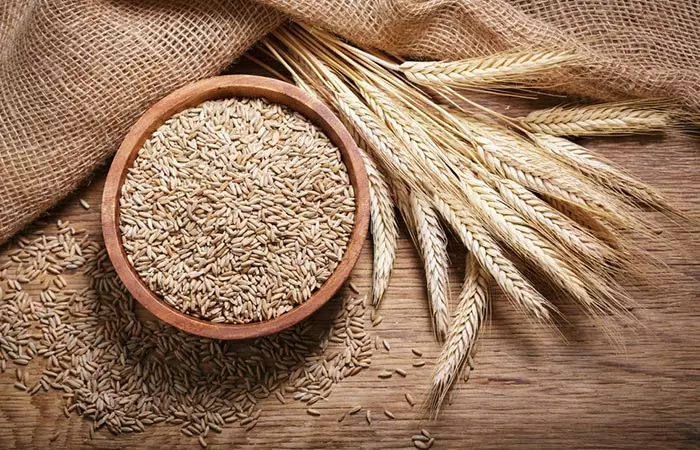
When we say ‘types of rye’, we mean rye in its different usable forms.
- Rye berries, which are the whole rye kernels.
- Cracked rye, which is the rye equivalent of steel-cut oats.
- Rye flakes, which are created the same way as rolled oats – the rye berries are first steamed and then rolled and dried.
- Rye flour, which is most commonly used in rye bread. It comes in light, medium, and dark varieties – with the dark variant having the strongest flavor.
We also have different rye breads – one is the marble rye bread, which is made from light rye dough and dark rye dough that are both rolled to form a single bread. And then, we have pumpernickel bread, which is made from coarsely ground rye berries.
 Trivia
TriviaThat’s about the nuts and bolts of rye. And now, we head to the real deal.
What Are The Health Benefits Of Rye?
Rye is mostly made of fiber, which contributes to most of its benefits. Jordan Anthony, MS RDN, says, “Rye is a good source of dietary fiber, especially in its whole form.” The fiber in rye can aid weight loss and help prevent several forms of cancer. Rye also regulates blood sugar levels and reduces diabetes risk. And the antioxidants contain combat free radicalsi Chemically reactive molecules generated in cells that can alter cellular components, leading to oxidative damage. and offer excellent anti-aging benefits.
1. Aids Weight Loss

This is especially true with rye bread – and when you have it for breakfast, it simply means you are a step ahead in your weight loss journey and do not have to worry about weight management anymore. This is because rye bread contains four times the fiber and 20% fewer calories than in the usual white bread. Rye bread increases satiety – it suppresses your appetite, eventually controlling weight gain (1).
Studies show that rye bread can decrease someone’s hunger for as long as 8 hours. Due to this very reason, it might help you lose body fat. And so is the case with rye flour as well. It can help you lose inches from your waist. So, if you are wondering if rye bread is good for you, it definitely is!
2. Cuts Diabetes Risk
One study states how rye bread and rye flakes can help control postprandial blood glucosei Measurement of sugar levels after eating used to determine if blood glucose has returned to its normal state after a meal. levels. The rye products even benefit the hormonal responses in diabetics (2).
Whole grain rye bread was also found to improve various metabolic factors in diabetics. It can even cut the risk of type 2 diabetes (3).
The fiber in rye also helps regulate blood sugar levels – and since it controls appetite, it can also prevent diabetes-related obesity.
3. Prevents Gallstones

Though research is less on this, one Swedish study talks about how ingesting a composition containing rye had resulted in a reduced risk of developing gallstones in hamsters (4).
4. Prevents Heart Disease
Rye is a whole grain, and studies say that whole grains are good for the heart. They are replete with fiber, which helps lower cholesterol levels and cuts down the risk of heart disease. Taking 25-30 grams of fiber a day is ideal – and this means at least 3 servings of rye (along with other whole grains) a day (5).
Jordan says, “Compared to other grains, rye is especially high in phytochemicals, which are a type of antioxidant. This means that rye can help reduce inflammation, which is a factor that can lead to cardiovascular issues in some cases.”
Rye is also rich in magnesium, another mineral that lowers blood pressure and helps prevent heart attacks. The fiber in rye might also prevent arterial blockages.
5. Helps Prevent Cancer
Several studies report this. In one study, it was found that people who consumed rye bread as kids had almost halved their risk of developing prostate cancer.
Authentic whole grain rye bread can offer protection against colorectal cancer. In one study, whole grain rye had reduced the levels of bile acids in the stomach, and this was seen to cut the risk of colon cancer by as much as 26%. Another Finnish study talks about how whole grain rye can reduce the risk of breast cancer (6). All of this can be attributed to the high levels of fiber and antioxidants in rye.
6. Fights Inflammation
Though we have less research, some sources suggest that rye might reduce inflammation that is caused by metabolic syndrome. And since inflammation can increase the risk of type 2 diabetes, this property can cut diabetes risk as well.
7. Downregulates Dangerous Genes
All this while, we have been thinking that certain genes in the body can make a person more susceptible to various conditions. Though that might be true to some extent, the good news is with changes in diet and lifestyle, one can train these genes to be downregulated. As per studies, replacing an oat-wheat-potato diet with rye foods can help downregulate those genes that can cause diabetes and other health issues.
8. Improves Menstrual Health
We have less information on this as well. However, one study talks about how rye bread can improve the bowel function in postmenopausal women – and this is attributed to the high fiber content in rye (7).
Rye bread might also help treat hormonal imbalances. But we need more research on this.
9. Promotes Digestive Health
Given that rye is replete with fiber, it works wonderfully well to enhance your digestive health. It also aids waste elimination, thereby supporting proper digestion and treating constipation.
Rye is also a well-known prebiotic – it boosts the levels of gut-friendly bacteria. And this greatly improves your digestive health. More importantly, the fiber in rye has an unusually high water binding capacity – this produces a pronounced feeling of fullness. It can help protect your digestive health by discouraging you from overeating – as overeating can also harm your gut health.
Studies have also shown how rye can improve the composition of the gut microbiotai Microorganisms that inhabit a person's digestive tract in a mutually beneficial relationship, aiding digestion, and preventing pathogens. (8). The fiber in rye can also boost your metabolism.
10. Eliminates Toxins
Though we have very less research on this, rye might help eliminate toxins through its fiber content. As we know, fiber aids waste elimination – and this can free your body of toxins.
11. Strengthens Bones And Teeth

Rye is a good source of calcium and magnesium and a great source of manganese. It also contains a decent amount of phosphorus – all of which help build strong bones and teeth.
12. Improves Skin And Hair Health
Rye, and especially rye flour, works as an excellent skin cleanser. You can simply apply the flour to your face after you take a bath and wash it off after 15 minutes.
Other minerals in rye, like zinc, magnesium, calcium, and iron, help beat the signs of early aging. Rye flour works fine on wrinkles and fine lines and blemishes.
The antioxidants in rye combat the free radicalsi Chemically reactive molecules generated in cells that can alter cellular components, leading to oxidative damage. , which also contribute to premature aging.
Rye works well for hair health as well. Rye flour can be used as a shampoo – it can make your hair smooth and strong. You can use a mixture of rye flour and water in the place of your shampoo. Wash after massaging it on your hair for a few minutes.
The magnesium in rye can promote hair growth as well. Regularly washing your hair with rye flour can give you long and healthy hair.
13. May Promote Kidney Health
Rye bread is a kidney-friendly food choice you can add to your diet. It contains lower levels of phosphorus compared to whole wheat bread. A high phosphorus intake can be problematic for those with a kidney disease, as the kidneys may struggle to filter excess phosphorus from the blood (9). In addition, rye bread typically has a lower glycemic index (GI) than white bread. Lower-GI foods cause a slow, steady rise in blood sugar levels (10). This is advantageous for individuals with kidney problems, especially if they also have diabetes that is commonly associated with kidney issues.
Note: While rye bread may offer many health benefits, it’s essential to maintain portion control and balance your diet according to your specific kidney health needs.
That’s with the goodness of rye. But there is one question that has been hanging in the air since time immemorial. And that is –
What’s The Difference Between Rye Flour And Wheat Flour?
In case you are wondering which of the two you must go for, we are here to help you. There are certain differences between the two that can put your confusion to rest.
Jordan says, “Wheat and rye are roughly similar in terms of essential vitamins and minerals. While there are some differences, you’ll get a good mix from either grain.”
- Rye flour is far higher in proline, which is an essential amino acid that builds proteins. Higher concentrations of proline were linked to lower growth of acrylamide, a chemical compound that can lead to the formation of cancerous cells.
- Wheat bread has more protein than rye bread (6 grams/2 slices and 5.4 grams/2 slices, respectively), but rye bread has more fiber (3.7 grams per 2 slices) while 2 slices of wheat bread contain 2.4 grams of fiber.
- Rye bread also contains 20% fewer calories than wheat bread.
- Rye contains more soluble fibers than wheat.
- Wheat triggers a higher insulin response in the body compared to rye, which basically means the body tends to store more fat upon the ingestion of wheat than that of rye.
We guess the confusion has been laid to rest, right? Rye is a better option any given day. But wait, how do you select the right kind of rye? And what about the storage?
How To Select And Store Rye
The process with which you select and store rye (or any whole grain for that matter) is simple.
Selection
- Check for the expiry date before taking the pack. Ensure the pack is the freshest. We know this is obvious; in fact, it is so obvious that we often miss it.
- If you are picking rye from a bulk bin, sniff to check if the grains are fresh. They must have either no aroma or a slightly sweet and grassy scent. If they smell oily or anything else, just pass them by.
Storage
Store the grains in a sealed container and mark the date. You can then put it in the refrigerator and use the grains within 6 months.
Once you have bought and stored them, what do you do next? Well, we want to help you here too!
Any Tips On Preparation And Cooking Of Rye?
- Place rye grains under cool running water and rinse thoroughly to eliminate dust and other unwanted particles from them.
- For a softer rye, soak the washed rye grains overnight. For 1 portion of rye, add 2½ portions of water and simmer for about 180 minutes.
- If you are using the flakes, add 3 portions of water to every 1 portion of rye flakes.
- You can also replace wheat flour with rye flour for your pancake, bread, or muffin recipes.
- You can also use cooked rye berries as a side dish for a variety of meals.
- Try adding rye flour to soups or pancakes to make them thicker.
- Add cooked rye berries into salads to give them additional nutrition and texture.
That’s a bit about what you can do with rye. But there is more to it. And these recipes will show you.
Any Popular Rye Recipes?
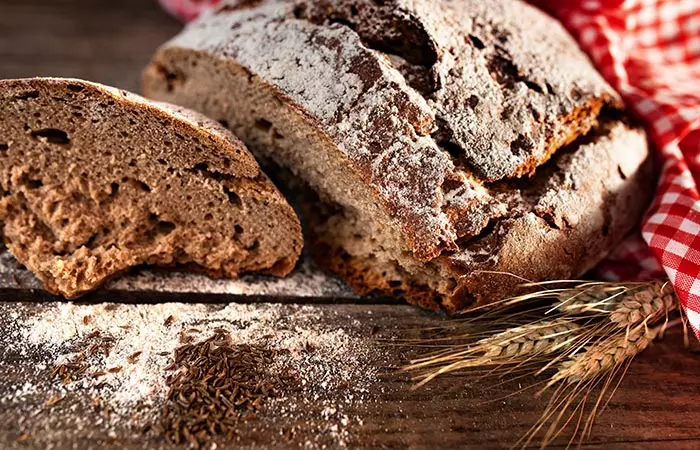
1. Homemade Rye Bread
What You Need
- 1 ½ tablespoons of yeast
- 2 cups of warm water
- 1 ½ teaspoons of salt
- 1 ½ tablespoons of caraway seeds
- ½ cup of rye flour
- 3 cups of all-purpose flour
- Cornmeal, as required
- ¼ teaspoon of cornstarch
- ¼ cup of water
Instructions
- In a bowl, combine the yeast, water, salt, caraway, and the rye flour. Now, add the all-purpose flour, one cup at a time. Ensure you form a dough ball that doesn’t stick to the sides of the bowl. The dough should be soft and not stiff. And it must not be sticky.
- Transfer the dough to a lightly greased bowl. Cover it with a dish towel and let it rise until it doubles (this might take an hour).
- Shape it into a loaf by stretching the dough from the top center of the ball and over the edges.
- Dust a wooden cutting board with the cornmeal. Put the loaf on the board and allow it rise for another 40 minutes.
- Preheat a baking stone in the oven to 450o F. Place a shallow pan on the rack below the baking stone.
- Dissolve the cornstarch in one-fourth cup of water. Microwave it for 45 seconds. Brush the cornstarch liquid on top of the loaf. Cut several parallel lines on the top of the loaf.
- Directly bake the loaf on the stone. Add water from a tall glass into the shallow pan below. Wait for it to pop and sizzle and steam. Close the oven door and bake for 30 minutes.
 Quick Tip
Quick Tip2. Danish Rye Bread Porridge
What You Need
- ½ pound of stale rye bread, sliced into 1-inch cubes
- 8 oz of dark, malty beer
- 2/3 cup of apple juice
- 1 strip of orange peel
- ¼ cup of malt syrup
- 1 teaspoon of ground cinnamon
- 1 teaspoon of vanilla extract
- ½ teaspoon of ground cardamom
- 2 tablespoons of unsalted butter
- ¼ teaspoon of kosher salt
- 4 tablespoons of heavy cream
- Fresh fruit (optional)
Directions
- In a medium bowl, combine the rye bread and beer. Cover the bowl and let the contents soak overnight (at room temperature).
- Transfer this bread mixture to a medium saucepan. Add the apple juice, half a cup of water, the orange peel, malt syrup, vanilla, cinnamon, and cardamom. Bring to a boil over medium heat.
- Lower the heat and bring the mixture to a simmer. Keep stirring occasionally and cook. Also, keep crushing the chunks of bread with the back of the spoon. Do it for about 5 minutes.
- Remove the pot from the heat and add the butter and salt. Stir. Now, remove the orange peel. Divide the porridge among bowls (should serve 4), and top each bowl with heavy cream.
The recipes are sure to be remembered at your home. But for that, you need to first get the rye (flour), right?
Where To Buy Rye Flour
You can get rye flour from the nearest grocery store. Or buy it online on Walmart or Amazon.
Though there are a lot of great things about rye, there are a few things that tell everything in nature has two sides.
Any Side Effects Of Rye?
- Gluten Issues
Rye is a glutenous food, so if you are sensitive to gluten, it is best to avoid this grain altogether and go for gluten-free options.
- Issues With Pregnancy And Breastfeeding
We don’t know what would happen if one takes rye during pregnancy or breastfeeding. Hence, stay safe and avoid use.
- Issues With Inflammatory Bowel Diseases
Animal studies suggest that the symptoms of inflammatory bowel diseases like Crohn’s disease and colitis may worsen due to consumption of rye (11). However, further studies are warranted to support this claim.
Infographic: 6 Reasons Rye Is Good For You
Rye has been used for centuries to make bread, vodka, and whiskey. Its strong antioxidant properties, low glycemic index, and high fiber content make it a safe, healthy, and tasty addition to your daily diet. Check out the infographic below to know why rye is good for you.

Illustration: StyleCraze Design Team
When it comes to your health, every food choice matters. Rye, a grain closely related to wheat and barley, offers you several health benefits, making it a great option for vegetarians. Understanding the benefits of wheat and barley alongside rye empowers you to make informed choices that can have a significant impact on your health. Also known as poor man’s grain, rye benefits your overall health by boosting immunity, helping to manage your weight, supporting muscle gain, and preventing gallstones and diabetes. It is also known for soothing the symptoms of irritable bowel syndrome (IBS) due to its high fiber content. Its anti-inflammatory properties help improve your skin, hair, and bone health as well. Pregnant or breastfeeding women and people with gluten intolerance should avoid consuming rye.
Frequently Asked Questions
What is the glycemic indexi Measures the rate at which carbohydrates in food are broken down and converted into glucose and assigns a score between 0 and 100 based on it. of rye bread?
One slice of rye bread has a glycemic indexi Measures the rate at which carbohydrates in food are broken down and converted into glucose and assigns a score between 0 and 100 based on it. of 41, which is on the lower end.
What are the health benefits of rye whiskey?
Rye whiskey can cut the risk of cancer and support heart health as per certain studies. The ellagic acidi A powerful antioxidant found in many foods and vitamins that is anti-inflammatory and useful for treating certain chronic illnesses. from rye grains has antioxidant power and can cut disease risk. One popular rye whiskey is Knob Creek Rye.
Can you toast rye bread?
Yes. And the process is similar to any kind of bread. Place the rye bread in the toaster and toast until it is dry and slightly crispy.
What are the health benefits of rye flakes?
Similar to that of rye.
Any uses of ryegrass?
The grass can be used to create a green lawn in winter – this can be achieved by overseeding an existing lawn. And like we discussed, it also can be used as hay for livestock.
What are the health benefits of sourdough rye bread?
The bread improves glucose intolerance. Sourdough basically improves the texture and palatability of the products, and this means it improves the quality of the rye bread.
Illustration: Amazing Benefits Of Rye For Skin Hair And Health
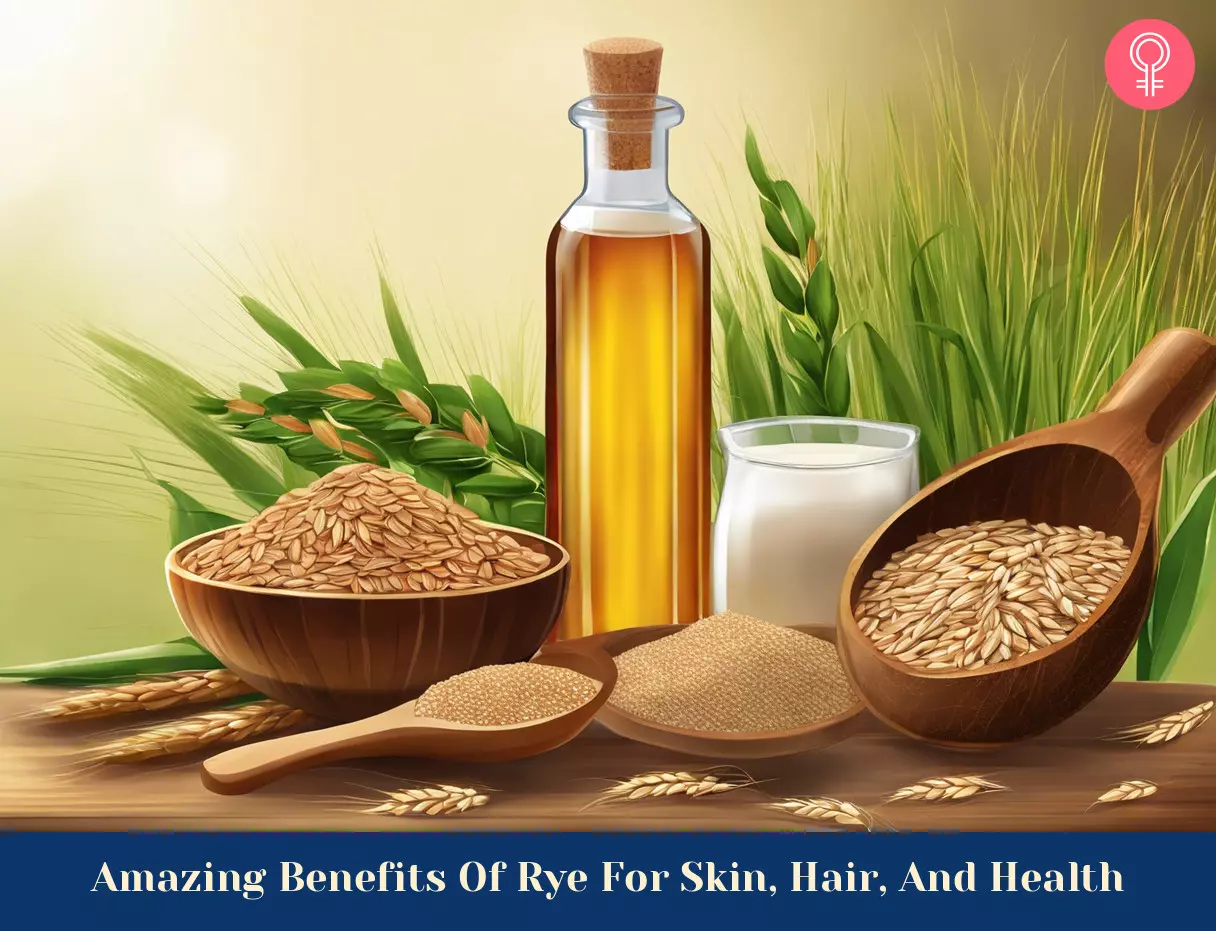
Image: Stable Diffusion/StyleCraze Design Team
Discover the amazing health benefits of rye! Check out this video to learn how it can help improve digestion, reduce inflammation, and add to your wellbeing
References
Articles on StyleCraze are backed by verified information from peer-reviewed and academic research papers, reputed organizations, research institutions, and medical associations to ensure accuracy and relevance. Read our editorial policy to learn more.
- Effect of rye bread breakfasts on subjective hunger and satiety: a randomized controlled trial
https://pubmed.ncbi.nlm.nih.gov/19709412/ - Rye products in the diabetic diet. Postprandial glucose and hormonal responses in non-insulin-dependent diabetic patients as compared to starch availability in vitro and experiments in rats
https://pubmed.ncbi.nlm.nih.gov/2436870/ - Effects of whole grain rye with and without resistant starch type 2 supplementation on glucose tolerance gut hormones inflammation and appetite regulation in an 11–14.5 hour perspective; a randomized controlled study in healthy subjects
https://www.ncbi.nlm.nih.gov/pmc/articles/PMC5401465/ - Dietary effects of barley fibre wheat bran and rye bran on bile composition and gallstone formation in hamsters
https://pubmed.ncbi.nlm.nih.gov/1319177/ - You’ve Gotta Have Heart” – Tips to a Healthy Heart
https://health.ucsd.edu/news/ - Can rye intake decrease risk of human breast cancer?
https://www.ncbi.nlm.nih.gov/pmc/articles/PMC3037245/ - High-fiber rye bread improves bowel function in postmenopausal women but does not cause other putatively positive changes in the metabolic activity of intestinal microbiota
https://www.sciencedirect.com/science/article/abs/pii/S0271531707001273 - Contribution of diet to the composition of the human gut microbiota
https://www.ncbi.nlm.nih.gov/pmc/articles/PMC4318938/ - Proinflammatory Effects of Wheat and Rye in an IBD Model: Give Us Not Our Daily Bread
https://link.springer.com/article/10.1007/s10620-022-07466-z - Phosphorus and the Kidney: What Is Known and What Is Needed
https://www.ncbi.nlm.nih.gov/pmc/articles/PMC3884106/ - Glycemic Index (GI) or Glycemic Load (GL) and Dietary Interventions for Optimizing Postprandial Hyperglycemia in Patients with T2 Diabetes: A Review
https://www.ncbi.nlm.nih.gov/pmc/articles/PMC7352659/# - Proinflammatory Effects of Wheat and Rye in an IBD Model: Give Us Not Our Daily Bread
https://link.springer.com/article/10.1007/s10620-022-07466-z
Read full bio of Thais Tisatto
- Jordan Anthony is a Registered Dietitian Nutritionist with over 6 years of experience. She was a public relations professional before she went back to the University of Southern California to get a Master's degree in Nutrition, Healthspan and Longevity. She is currently serving as the Senior Director of Nutrition at Ahara Corporation in Los Angeles, USA.
 Jordan Anthony is a Registered Dietitian Nutritionist with over 6 years of experience. She was a public relations professional before she went back to the University of Southern California to get a Master's degree in Nutrition, Healthspan and Longevity. She is currently serving as the Senior Director of Nutrition at Ahara Corporation in Los Angeles, USA.
Jordan Anthony is a Registered Dietitian Nutritionist with over 6 years of experience. She was a public relations professional before she went back to the University of Southern California to get a Master's degree in Nutrition, Healthspan and Longevity. She is currently serving as the Senior Director of Nutrition at Ahara Corporation in Los Angeles, USA.
Read full bio of Ravi Teja Tadimalla
Read full bio of Arshiya Syeda
Read full bio of Aparna Mallampalli





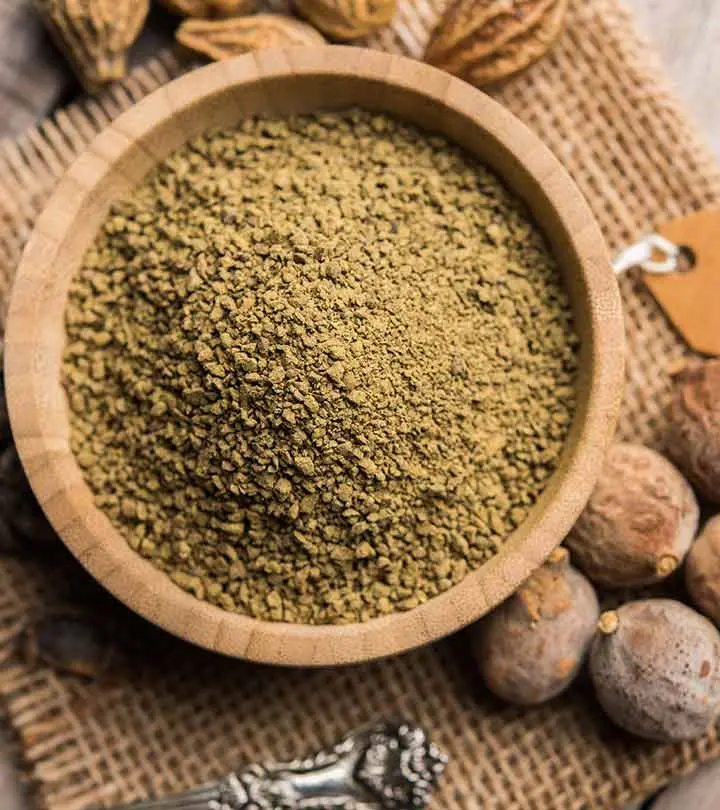


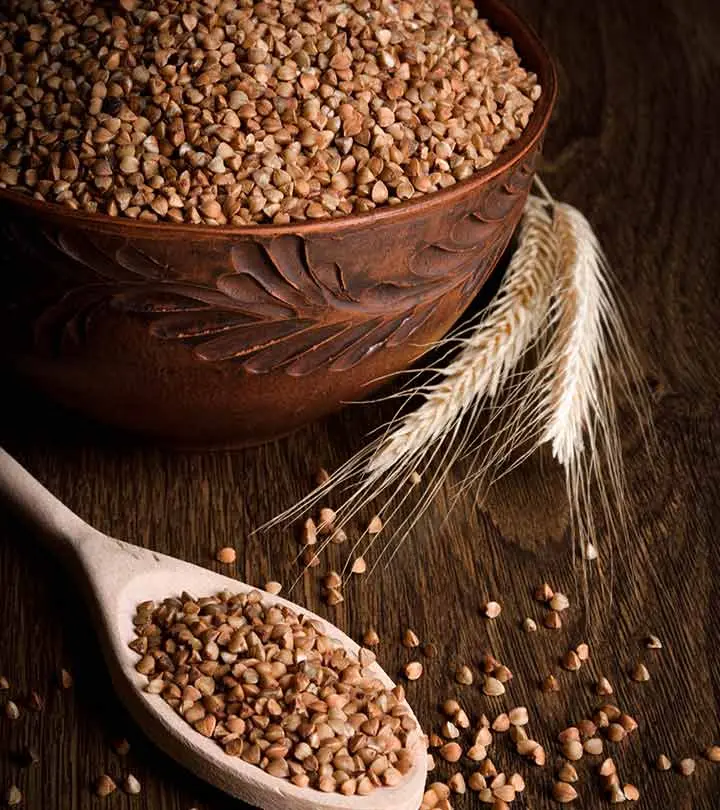
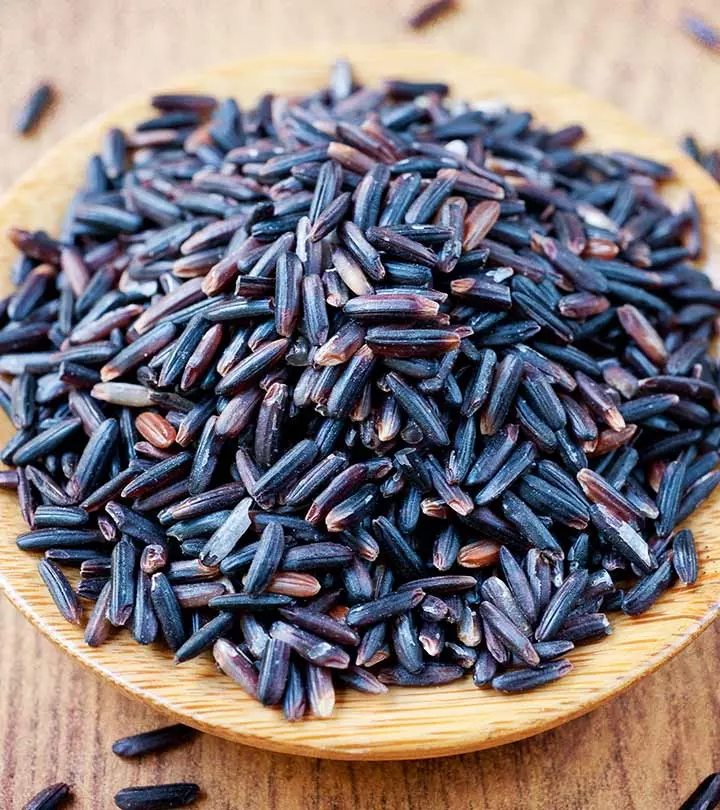
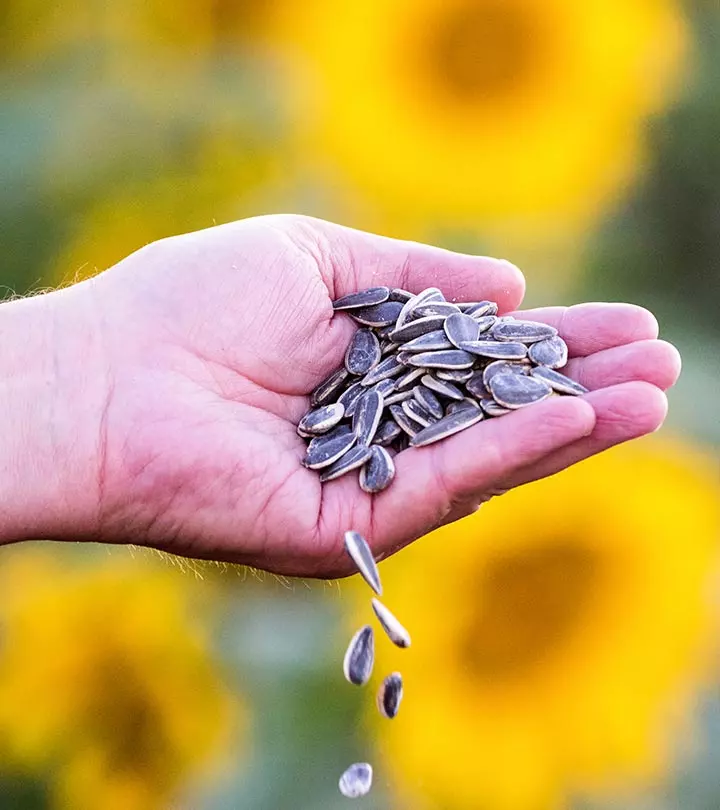
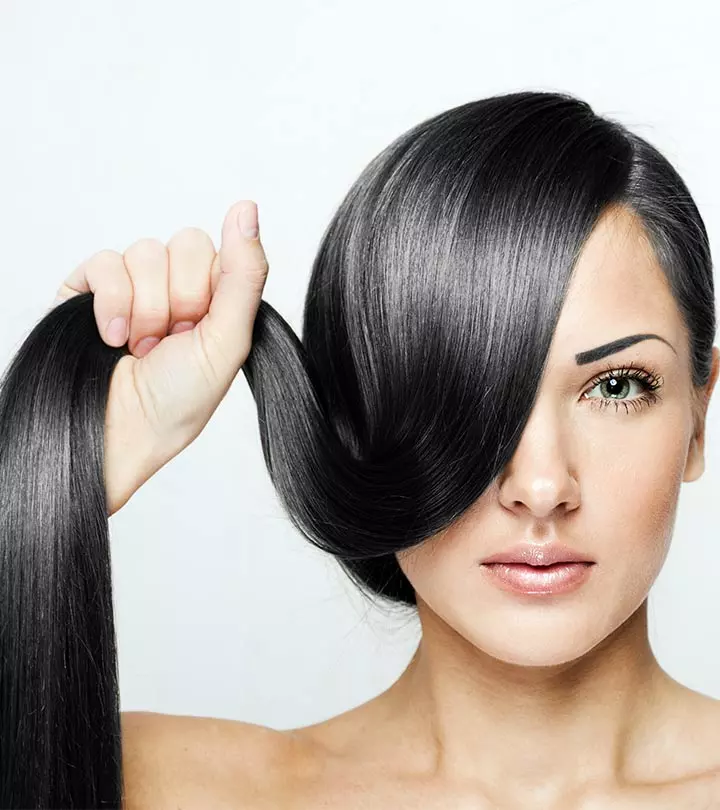
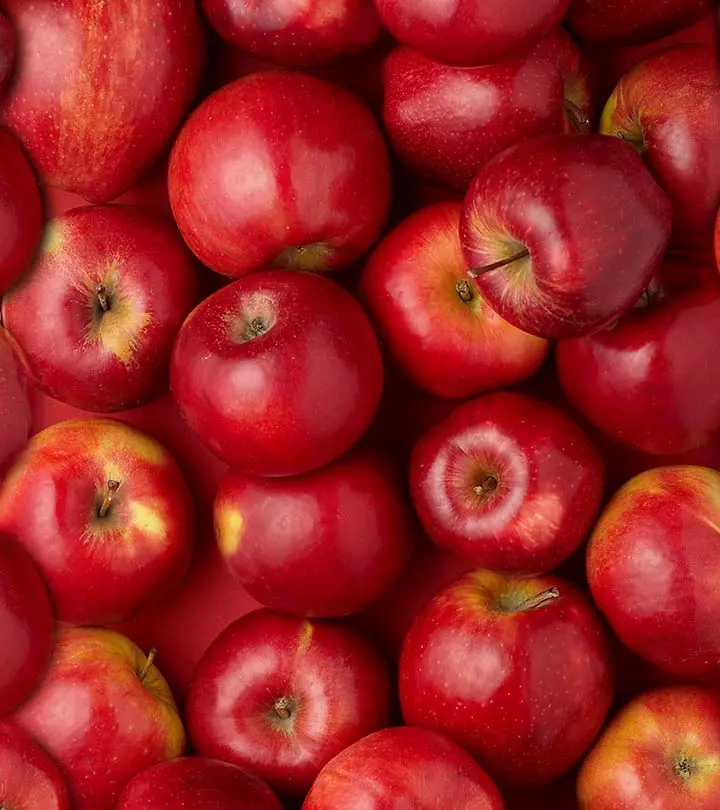
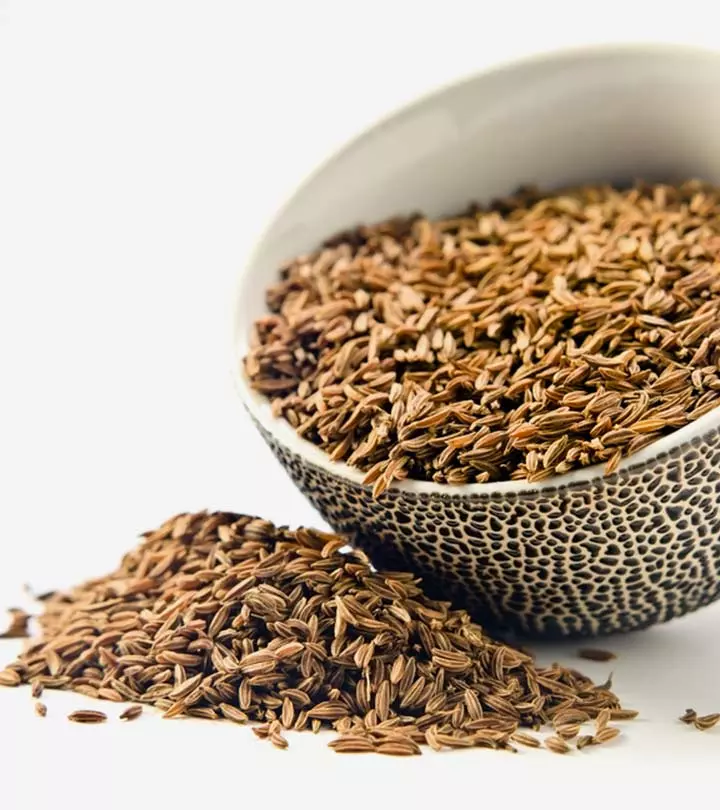


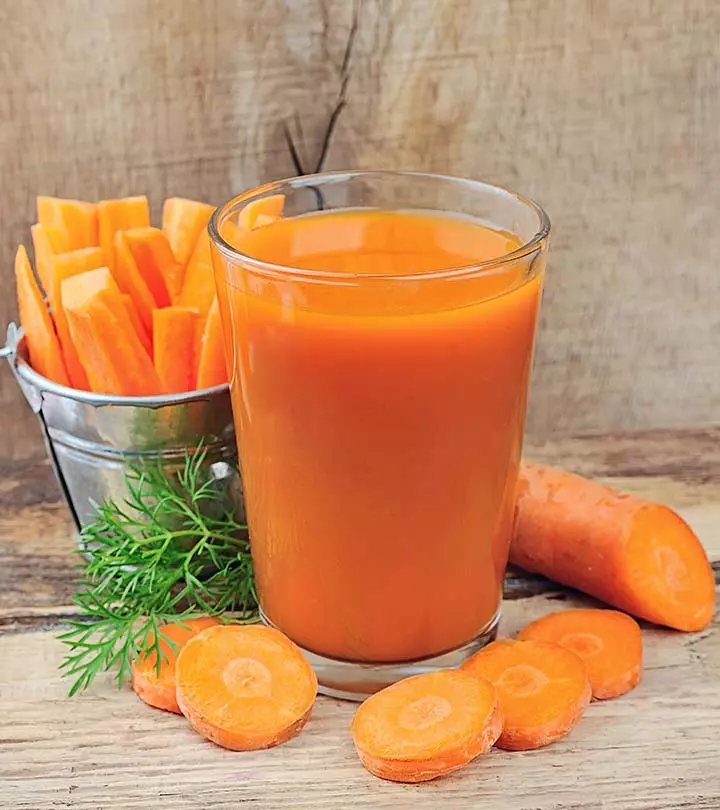
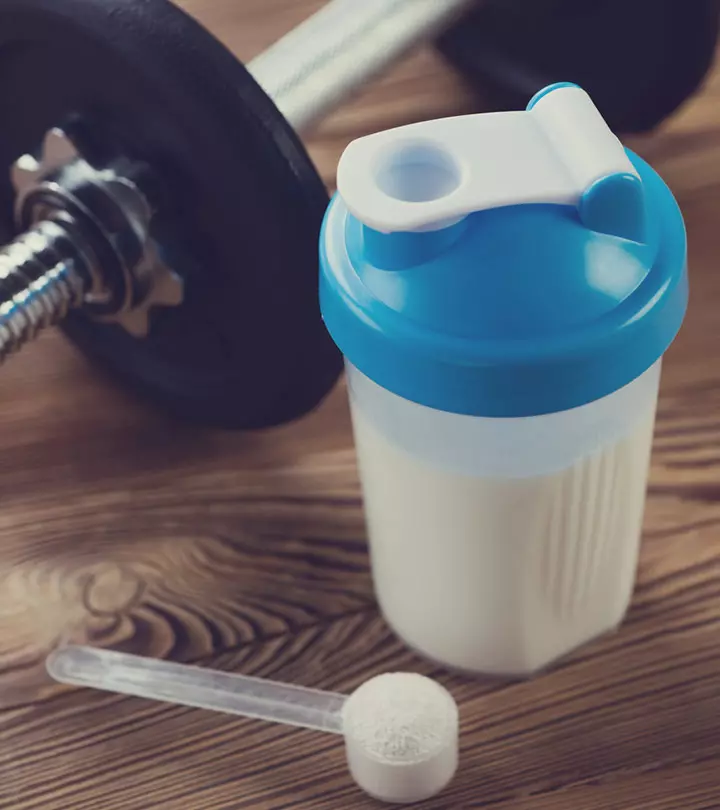
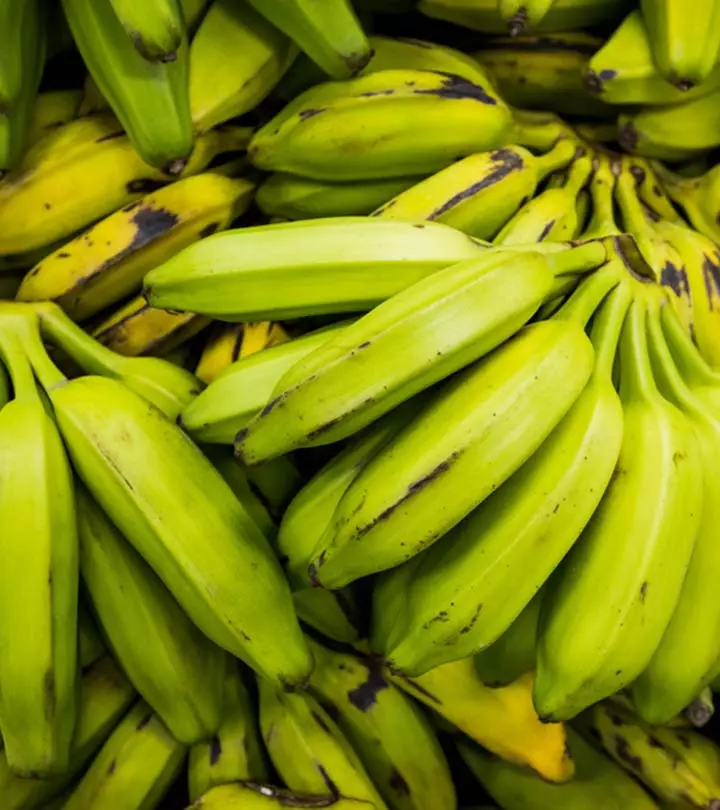

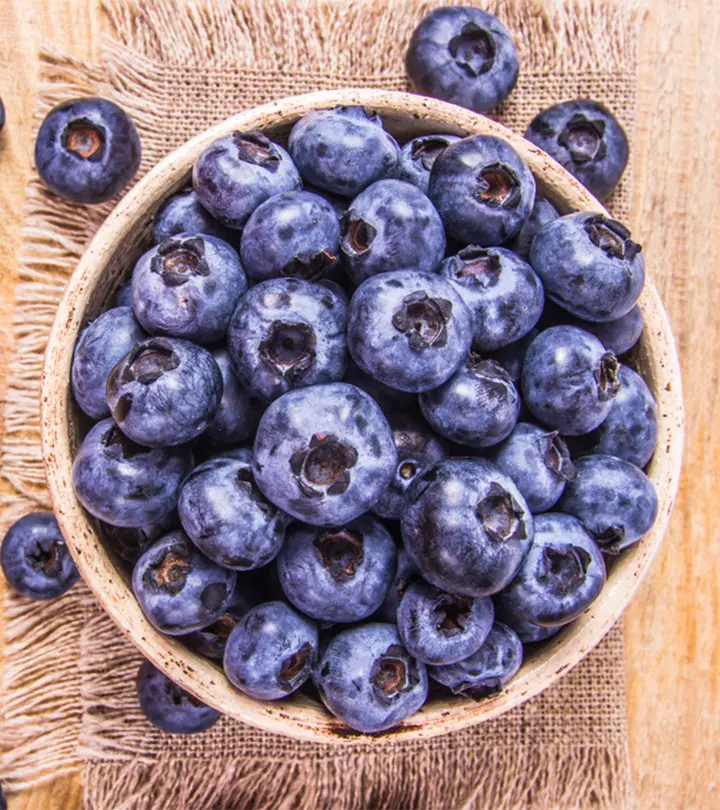
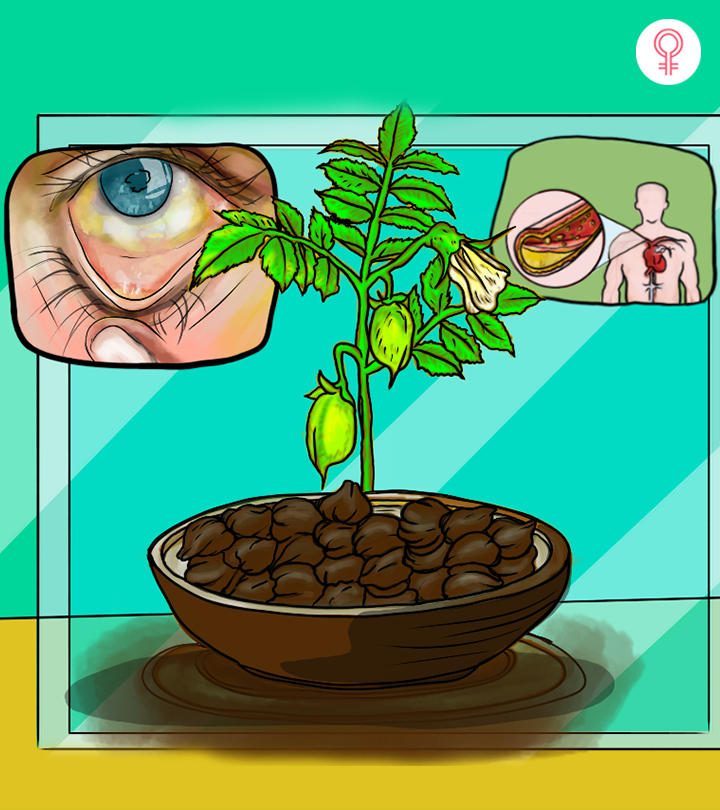
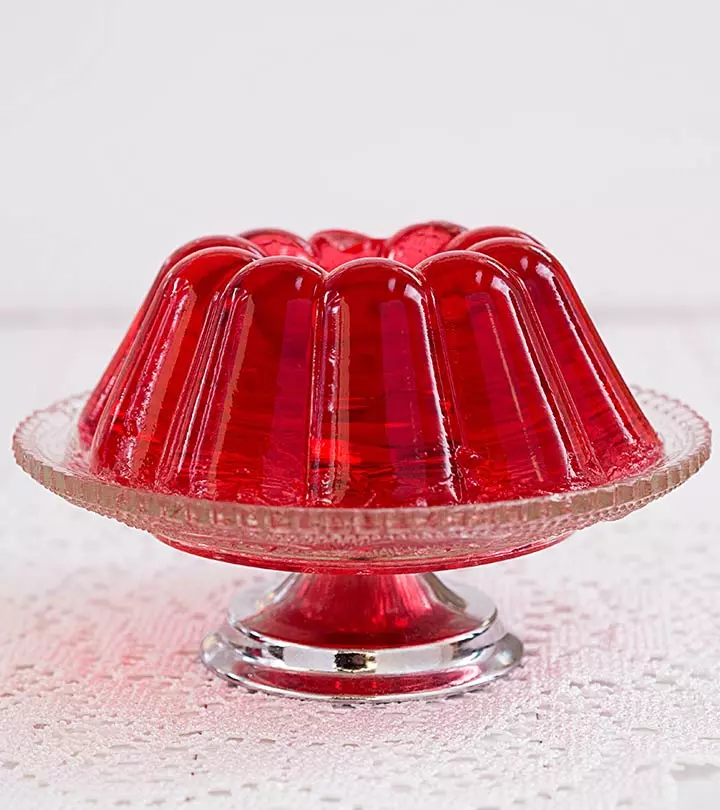
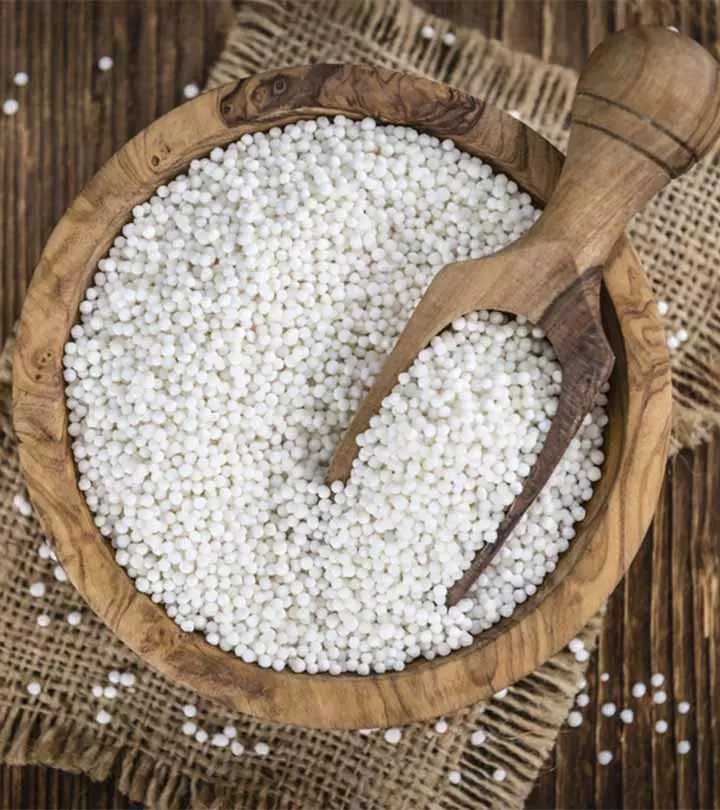
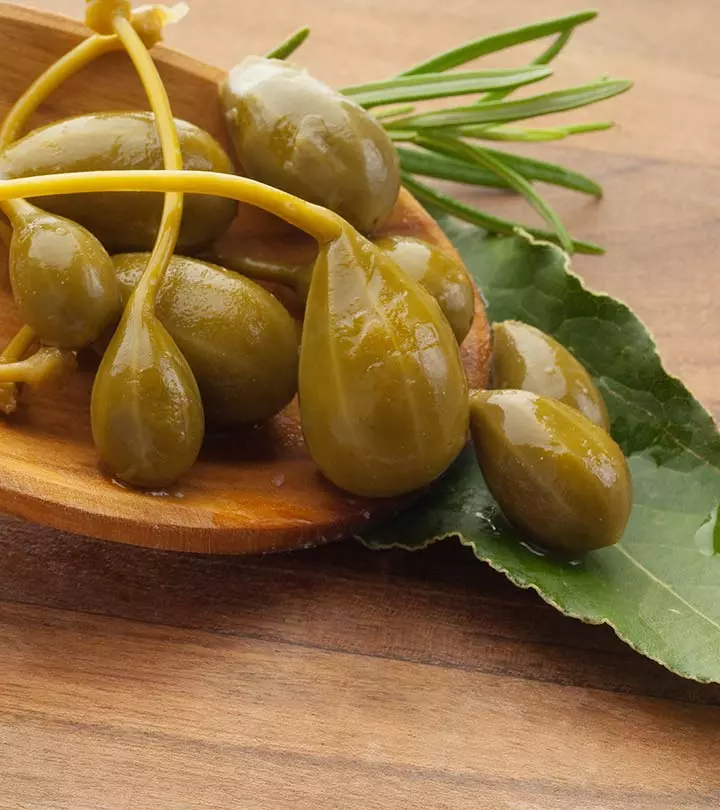
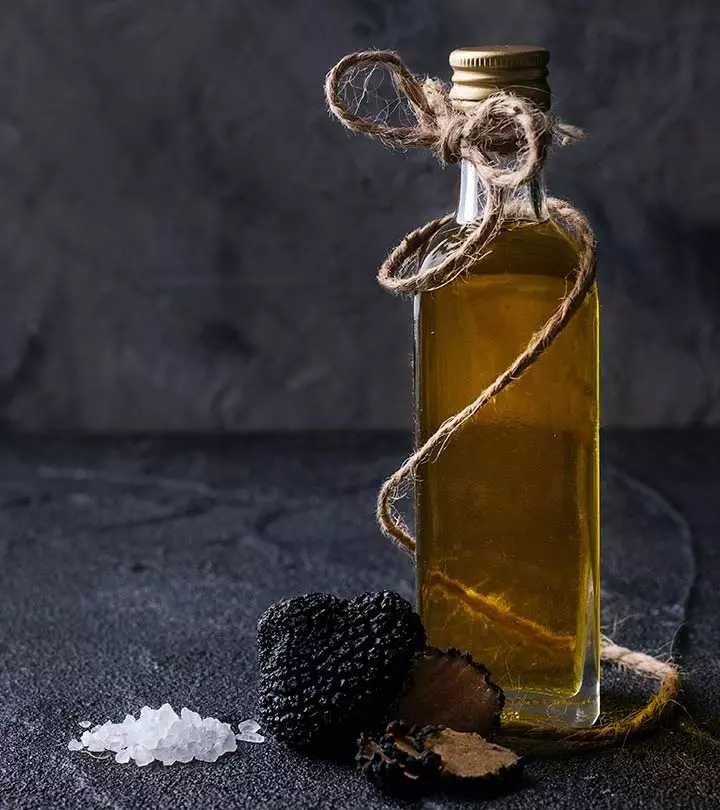
Community Experiences
Join the conversation and become a part of our empowering community! Share your stories, experiences, and insights to connect with other beauty, lifestyle, and health enthusiasts.